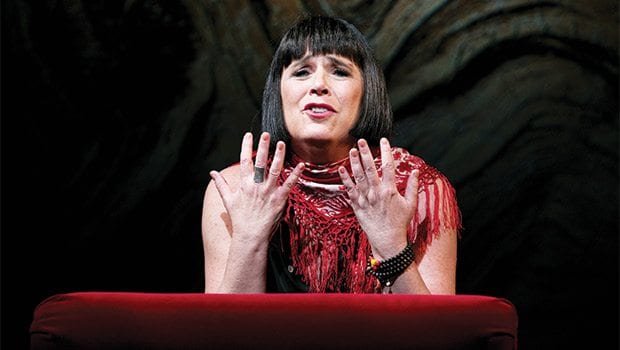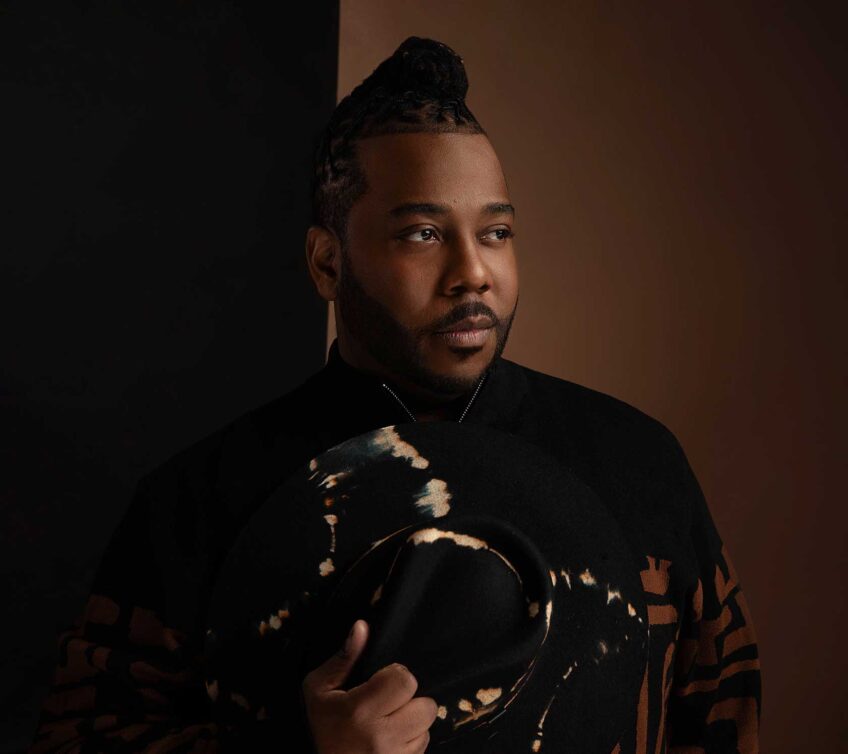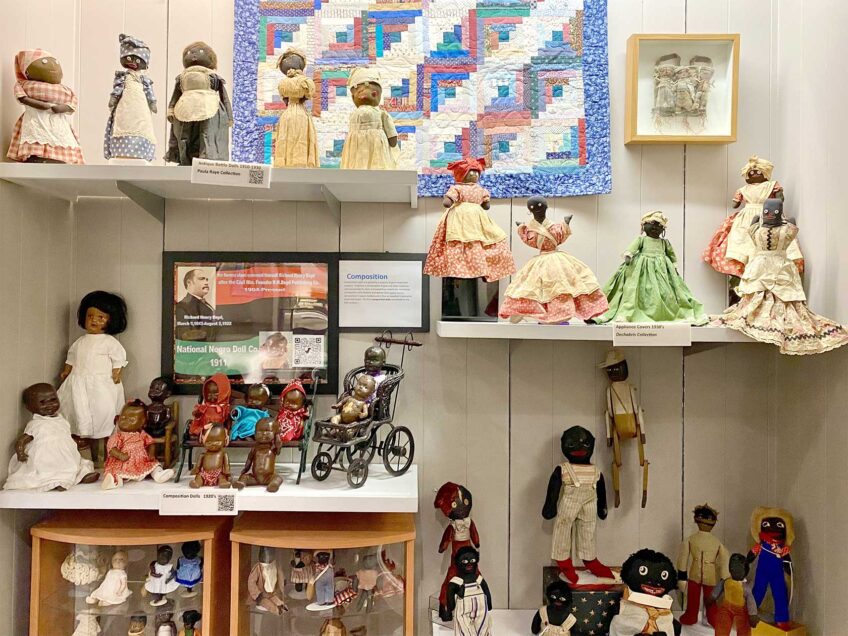
Eve Ensler stands alone on stage before a packed house at the American Repertory Theatre during the world premiere performance of her one-woman show, “In the Body of the World.” Her chest heaves as uneven tufts of hair sprout from her chemo-ridden scalp. To a horrified audience she describes rebels in a war torn Congo, who sliced open a pregnant woman’s stomach and watched her half-formed fetus tumble out. She tells us how they dropped the baby into a boiling pot, how they stabbed it repeatedly, how they told the mother that she must eat the remains or be shot. Eve stares at us, choking slightly at the memory. “That,” she says, “Was the moment I wished to die.”
Ensler has been a champion of womanhood and feminism for decades. In 1996, her play “The Vagina Monologues” rocked the crusade for equal rights, and served as an anthem for oppressed, abused women everywhere. “In the Body of the World” incorporates these feminist beliefs, but it is mostly a story about cancer, a story about death. In a cruelly ironic twist, Ensler was diagnosed with uterine cancer after years of discussing female reproduction on an international scale. Her fight to survive led to a renewed perspective on her body and her relationship with the world.
Three parts constitute the play: Somnolent, Burning and Second Wind. The deeply personal content oscillates between tragedy and humor, allowing Ensler to tell her painful story with a positive, powerful voice. The two main threads of the story are of her battle against the cancer and her experience working with women in the Congo. But just as the illness permeates Ensler’s body, so it permeates the rest of her life, bringing up familial relationships and past scars.
The set design is simple and flexible, serving at once as a hospital bed, Ensler’s living room and the crowded chaos of an equal rights rally. During her illness, Ensler underscores her deepening connection with nature, particularly trees. At the end, the wall behind her opens up to show a forest of live trees and flowers. Just as Ensler opened up herself and found a new strength, a new will to survive, so the stage opens up to reveal a flourishing life from the ashes of the old one.
In Somnolent, Ensler embarks on a deeply human search for reason, even if it will do nothing to alter her current situation. Sitting in a hospital bed, pushing a button that induces a rush of pain medication, she asks, “Was it the Tab? Was it the TV dinners? Was it feeling too much or not enough?” Perhaps the most striking part of Ensler’s incredible ability to overcome obstacles is her humility. Having seen such brutal treatment in the Congo, having worked with suffering women her whole life, she never once complains. She never presumes to have gotten a bad lot. She has seen so many worse things than death.
“In the Body of the World” is not a play for women. It is not a play for the abused and emotionally distressed. It is not a play for people with cancer. It is a play for humanity. Ensler takes our deepest, darkest fears and tears them from our chests, forcing us to confront them. She suggests that we must talk about death, about sickness, about rape — and in challenging these events we can get through them. She warns us, “It is where we do not live that dying comes.”


![Banner [Virtual] Art Gallery](https://baystatebanner.com/wp-content/uploads/2024/04/Cagen-Luse_Men-at-store-e1713991226112-150x150.jpg)

![Banner [Virtual] Art Gallery](https://baystatebanner.com/wp-content/uploads/2024/04/Cagen-Luse_Men-at-store-e1713991226112-848x569.jpg)

